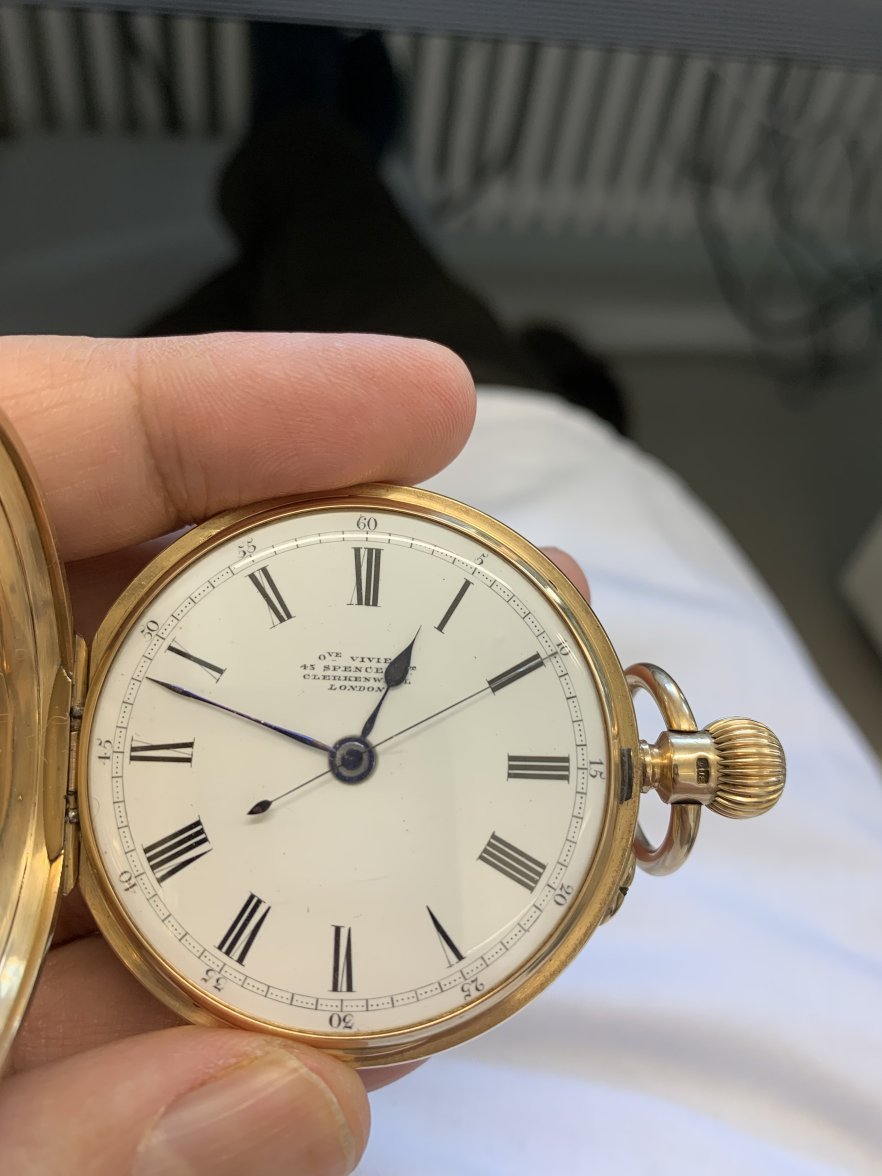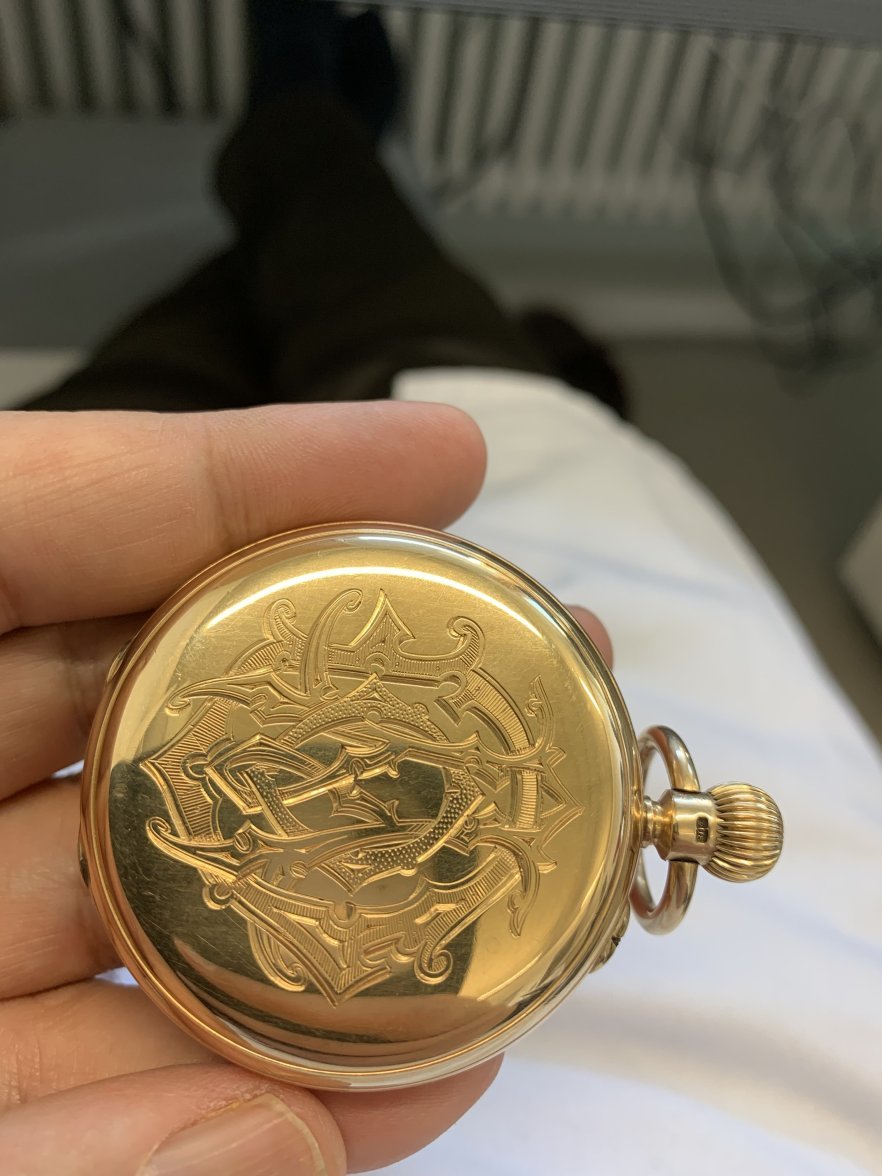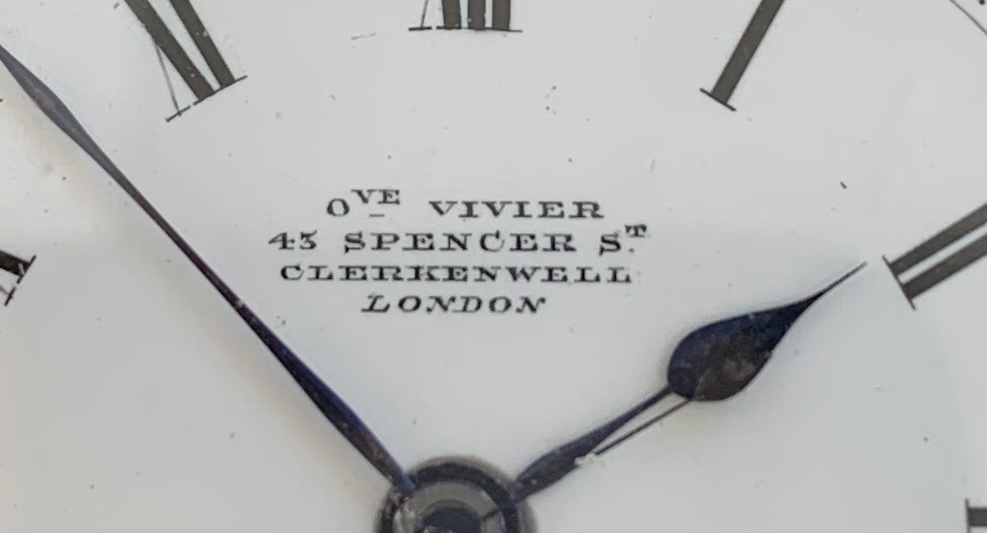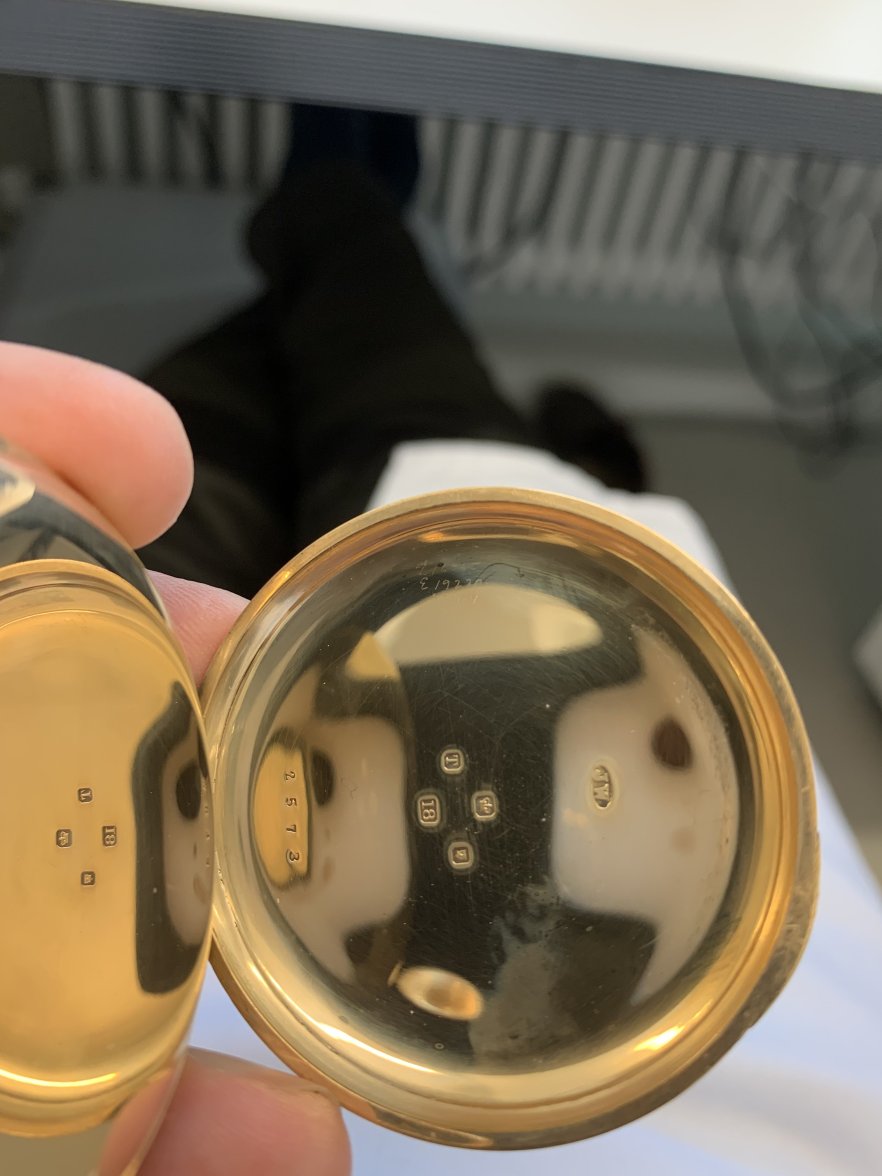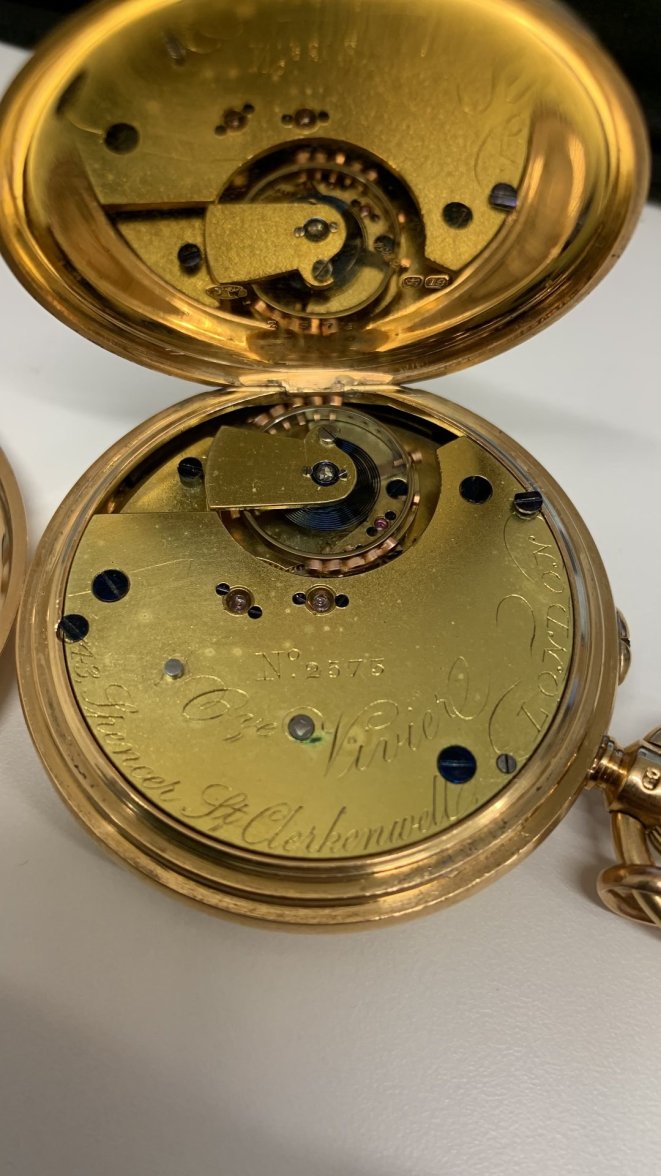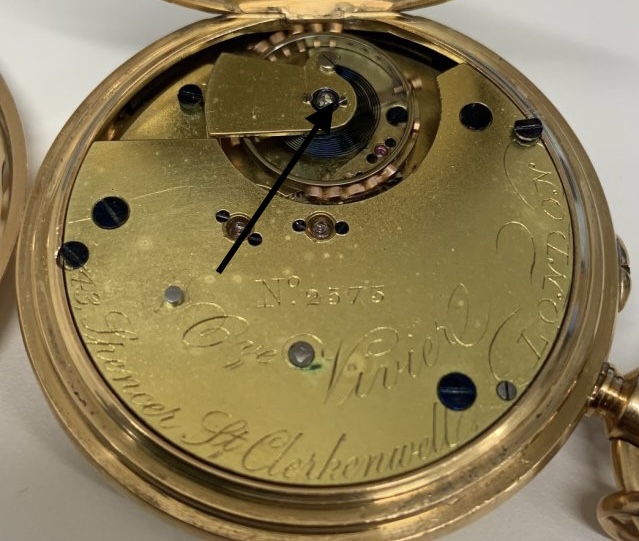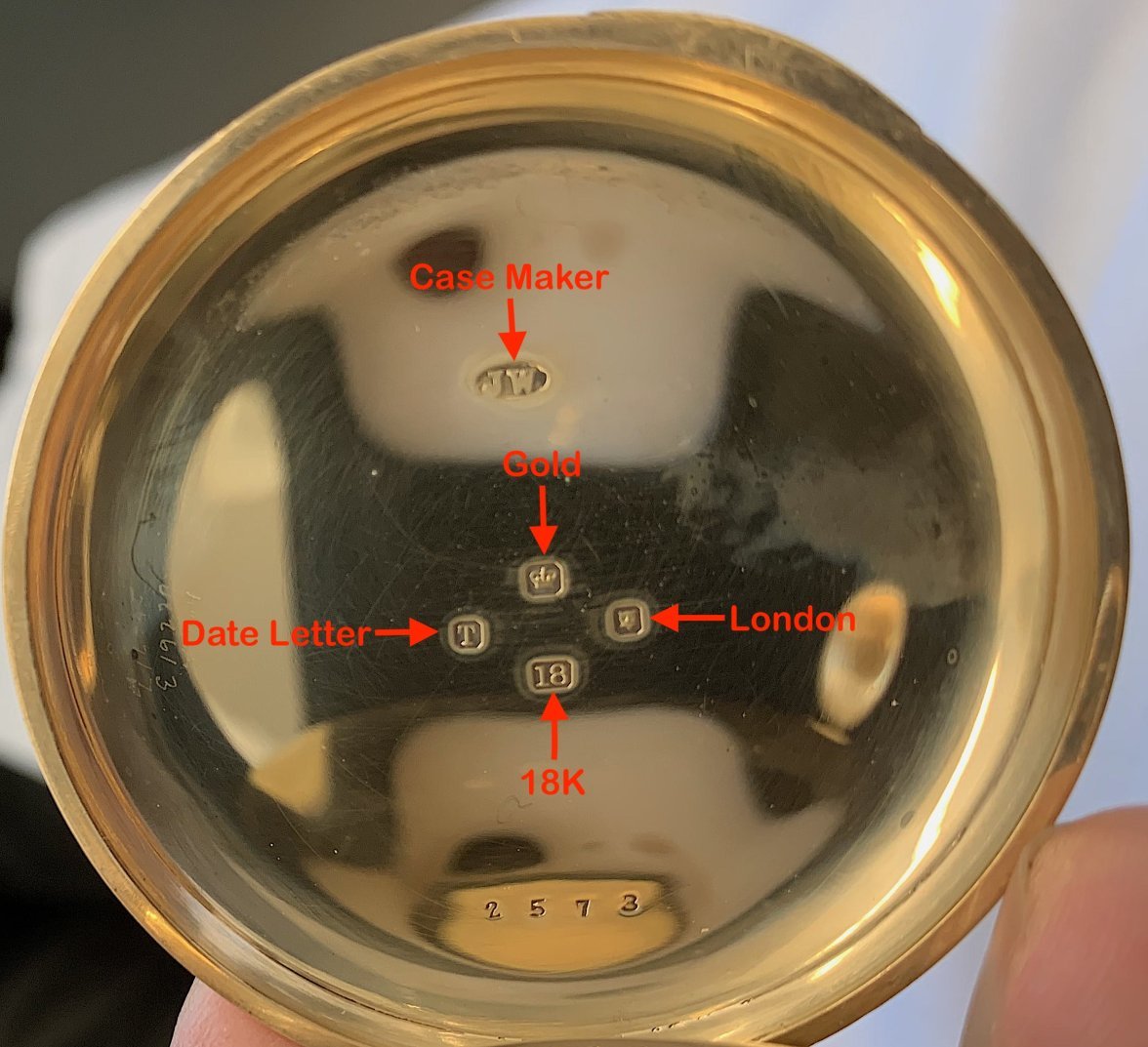bigsom
·I don’t know much about pocket watches but from what I gather this one is English. I can’t find any other examples with the maker on the dial Ove Vivier. I did find reference to one at the British museum which has been in their collection since 1958.
https://www.britishmuseum.org/collection/object/H_1958-1201-1405
The address on the dial is now City University of London. I guess this watch pre dates the university which was established in the late 19th century as Northampton university. If any of you have seen one like this or know where I can get more info that would be awesome.
.
https://www.britishmuseum.org/collection/object/H_1958-1201-1405
The address on the dial is now City University of London. I guess this watch pre dates the university which was established in the late 19th century as Northampton university. If any of you have seen one like this or know where I can get more info that would be awesome.
.
